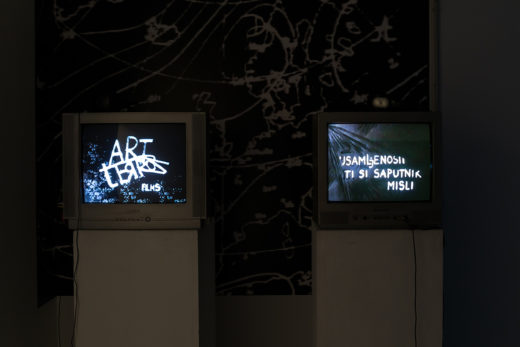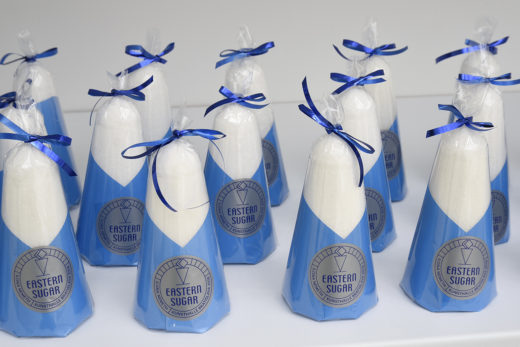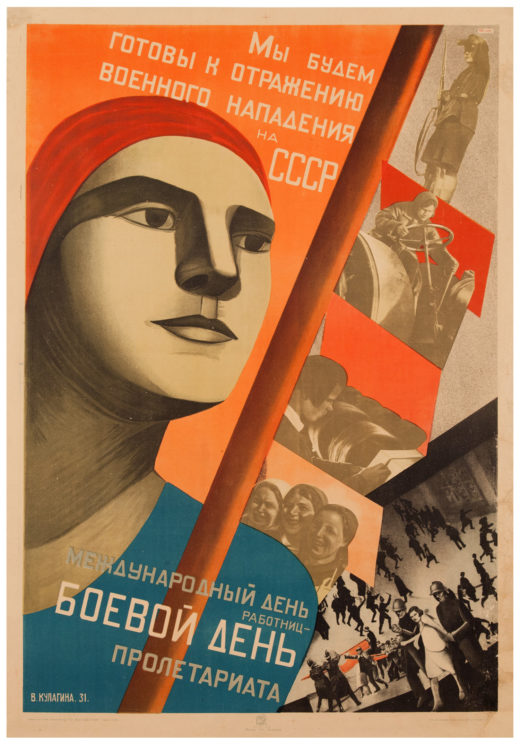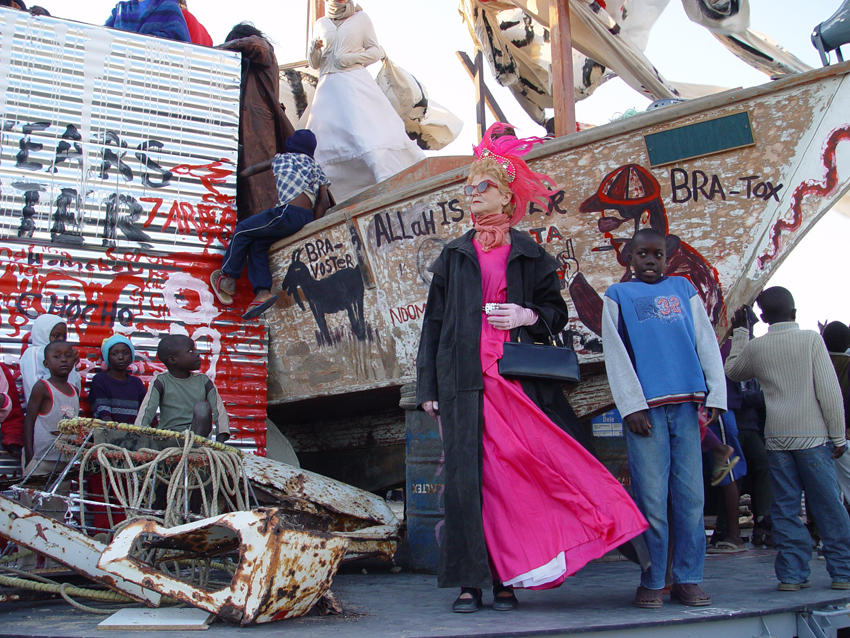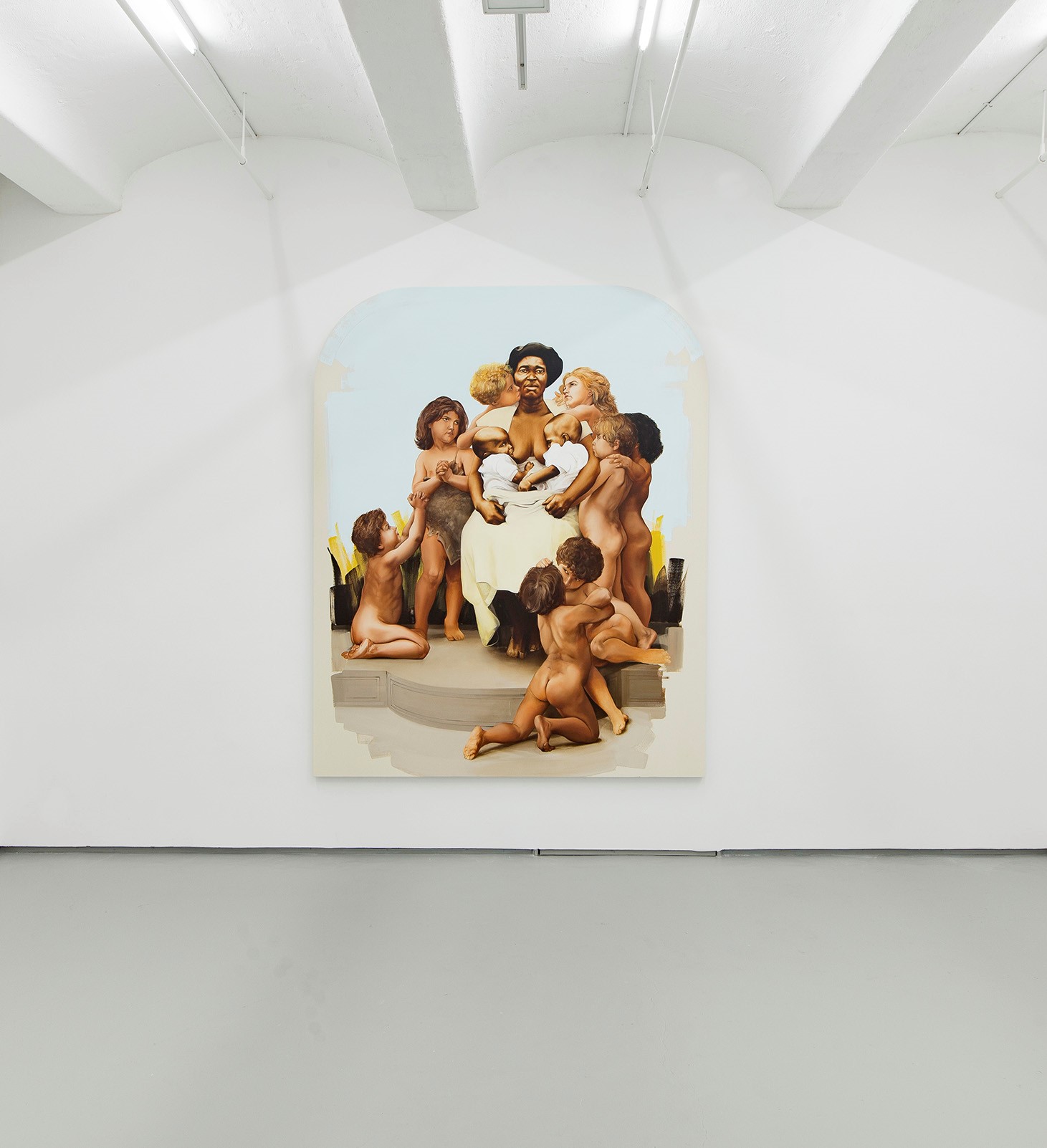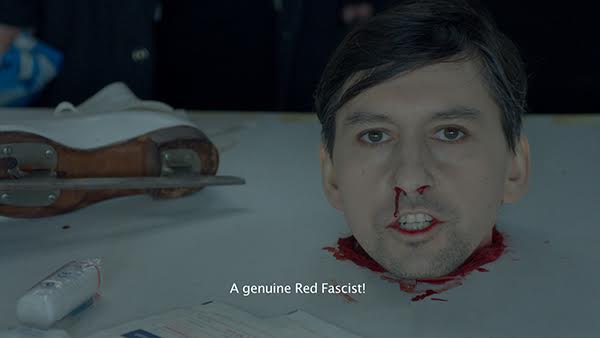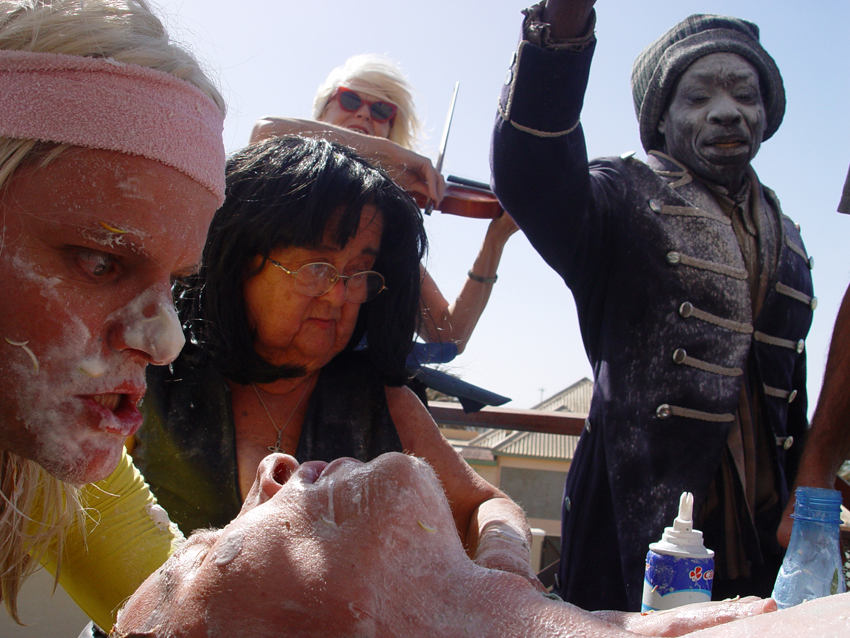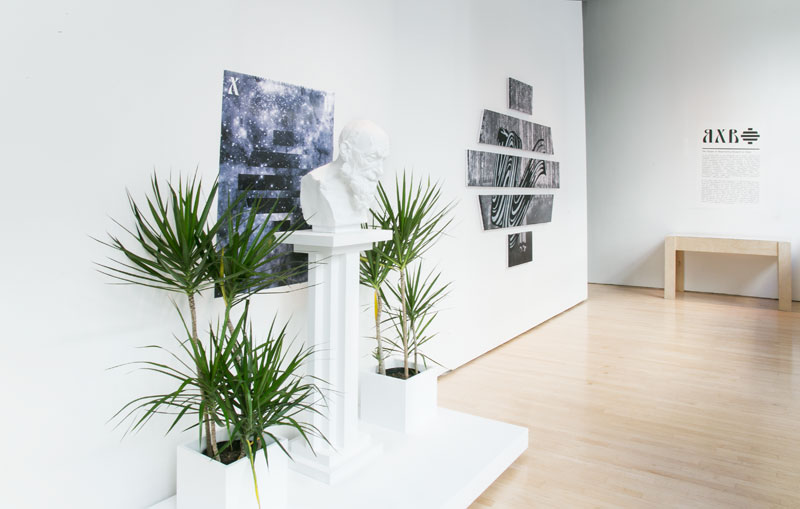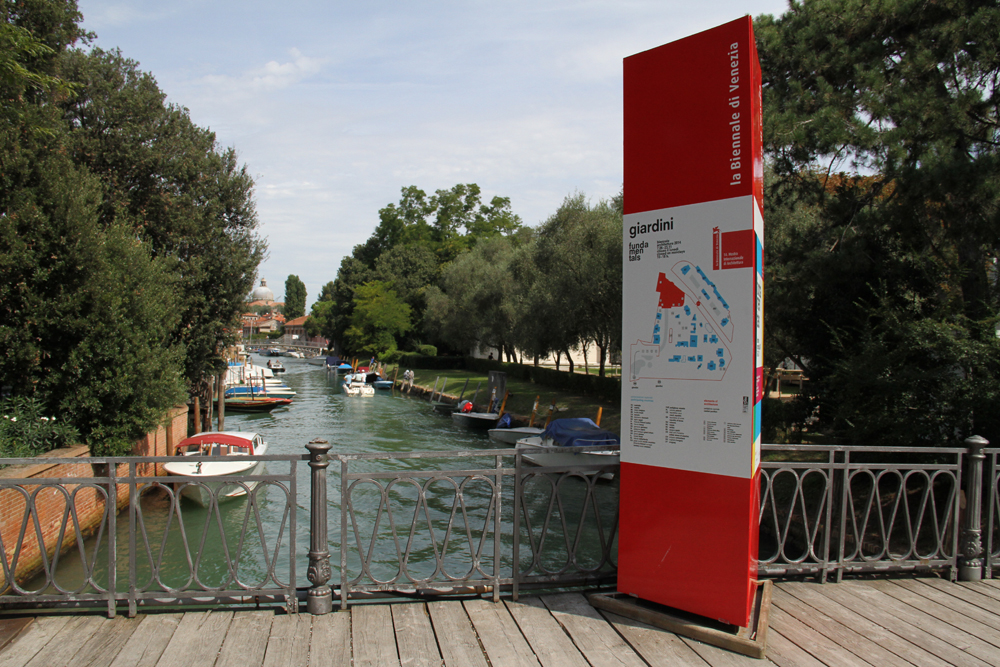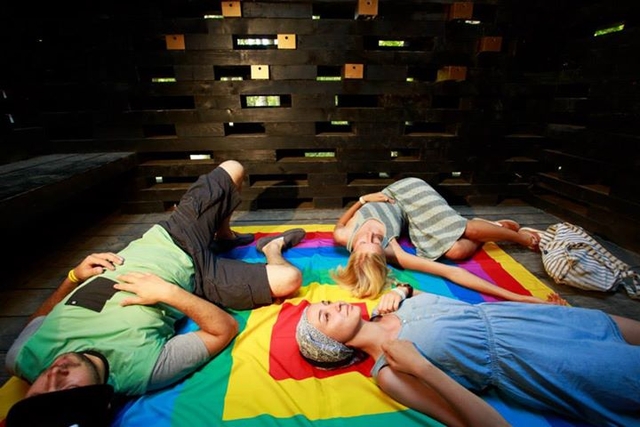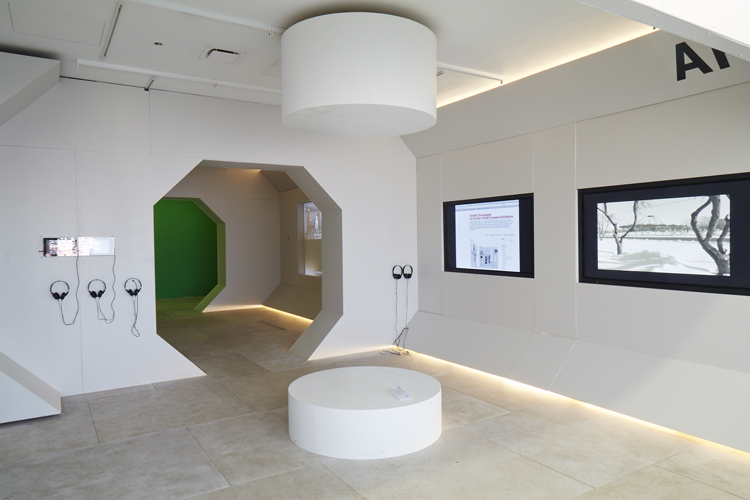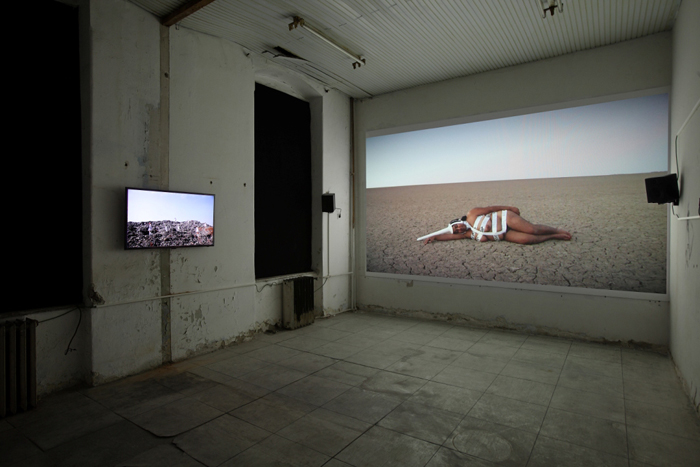Riots: Slow Cancellation of the Future
Riots: Slow Cancellation of the Future, ifa-Galerie, Berlin, January 26 – April 2, 2018
In March 2018, with scorching temperatures of the Indian summer peaking, tens of thousands of farmers descended on Mumbai. Despite walking for six days, they waited to enter the city at midnight on their way to the state legislature building, so as not to disrupt traffic. It was an unusual scene: red flags with hammer and sickle, red caps and bloodied bare feet pressed a panorama of revolutionary icons into the empty nocturnal roads of one of the most densely populated urban sprawls in the world. … Read more


